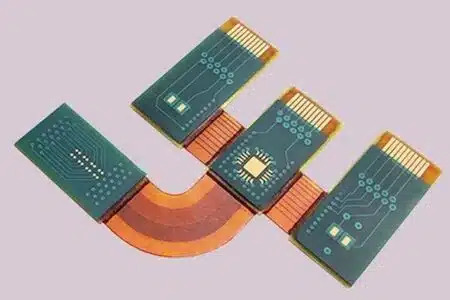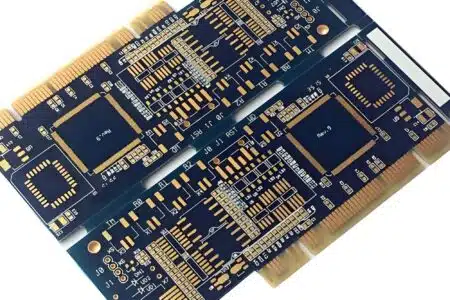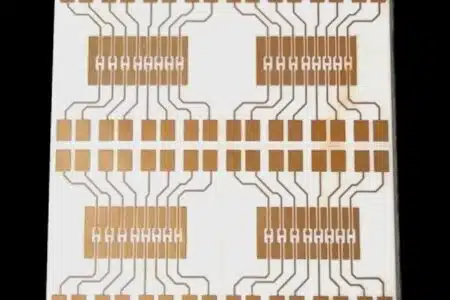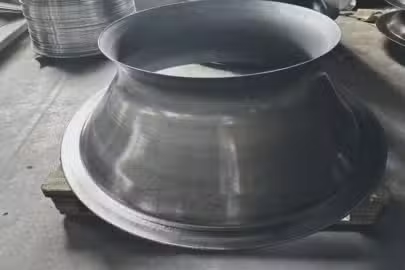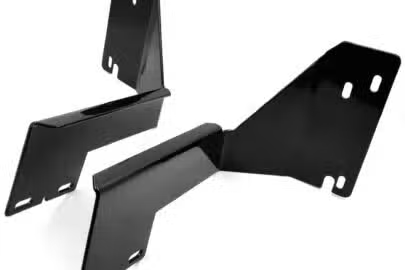COB PCB Assembly
- Maximum panel size 54 inches
- Maximum panel thickness 0.450 inches

Our COB PCB Assembly Service Capabilities
COB PCB Assembly Materials
| Category | Recommended Model/Specification | Key Parameters | Remarks |
|---|---|---|---|
| Bare Die Bonding | ① Conductive Silver Adhesive (EP3-EP17); ② Insulating Epoxy Adhesive (EP138) | Curing condition: 120–150°C for 30 minutes; Thermal conductivity: 2–5 W/m·K; Shear strength: ≥ 15 MPa | Silver adhesive is used for power chips, while insulating adhesive is used for signal chips |
| Bonding Wire | ① Gold Wire (25 µm, Au 99.99%); ② Aluminum Wire (30 µm, Al 99%) | Tensile strength: ≥ 6 g for gold wire, ≥ 4 g for aluminum wire; Arc height: 0.10–0.25 mm | Gold wire is used for high-reliability applications, and aluminum wire for cost-sensitive scenarios |
| Substrate PCB | ① High Tg FR-4 (Shengyi SY-1140); ② Metal Core PCB (MCPCB, 6061 Aluminum) | Tg ≥ 170°C; CTE: 13–15 ppm; MCPCB thermal conductivity: 1–3 W/m·K | Aluminum substrates are preferred for LED COB, and FR-4 for signal COB |
| Encapsulation Adhesive | ① High-Transmittance Silicone (OE-6650); ② Low-Stress Epoxy (EP-121) | Light transmittance: ≥ 90%; Hardness: 60–95 Shore D; CTE: 26 ppm | Outdoor applications require UV resistance (no yellowing after 1000 hours of UV exposure) |
| Thermal Interface Material (TIM) | Silicone Pad or Thermal Grease (2–5 W/m·K) | Thickness: 0.1–0.2 mm; Dielectric strength: ≥ 3 kV | Used between the module and heat sink |
COB PCB Assembly Surface Finishes
| Process | Thickness | Advantages in COB | Limitations |
|---|---|---|---|
| ENEPIG (Electroless Nickel Electroless Palladium Immersion Gold) | Ni 3–5 µm + Pd 0.05 µm + Au 0.03 µm | Compatible with both gold wire and aluminum wire bonding; resistant to black nickel; wire bonding strength ≥ 6 g | Highest cost |
| ENIG (Electroless Nickel Immersion Gold) | Ni 3–5 µm + Au 0.05 µm | Suitable for conventional gold wire bonding; flatness < 0.3 µm | Plasma cleaning required for aluminum wire bonding |
| Immersion Silver (ImAg) | 0.15–0.3 µm | Ideal for high-frequency signal COB; low skin effect loss | Requires vacuum packaging; storage life: 6 months |
| OSP (Organic Solderability Preservative) | 0.2 µm | Ultra-low RF loss; suitable for non-heating areas of LEDs | Not resistant to multiple high-temperature cycles; limited to one-time encapsulation |
Why Choose Our
COB PCB Assembly Service?
One-on-One Quotation
Simply upload your .gbr file to receive a quotation feedback within 24 hours. Our professional engineers will analyze your design to avoid misunderstandings, communicate with you, and provide a reasonable price.
High-Quality Assembled
We maintain a rigorous and responsible attitude toward materials, processes, surface treatments, A.O.I (Automated Optical Inspection), and flying probe testing, ensuring consistent high quality from prototype production to mass manufacturing.
Fast Delivery
Equipped with advanced machinery and a professional quotation team to ensure fast delivery. We prioritize orders based on requirements and complexity.
Real-Time Communication
For your benefit, we provide full-cycle technical support for each customer from quotation to delivery. We will respond quickly to any questions until you confirm satisfactory COB PCB assembly.
COB PCB Assembly Standards
Parameter
Wire-bond (glue)
Flip-chip (bump)
Note
COB PCB Assembly Guidelines
Item
Value/Requirement
Source/Remarks
Our COB PCB Assembly Service for Various Industrial Applications
COB PCB Assembly FAQs
to COB PCB Assembly
COB PCB Assembly Service

Prototyping
- Advanced Technology: CNC, CMM inspection, elite engineers etc.
- Quick Response: full support to ensure problem solved.
- Customized service: customize precision machining solutions

Production
- Reasonable planning: precision resource allocation to ensure quick cycle time.
- Machining SOP : advanced technology and strict QC processes.
- Flexible Production: from rapid prototyping (1-20pcs) to low-volume production (20-1000pcs).
